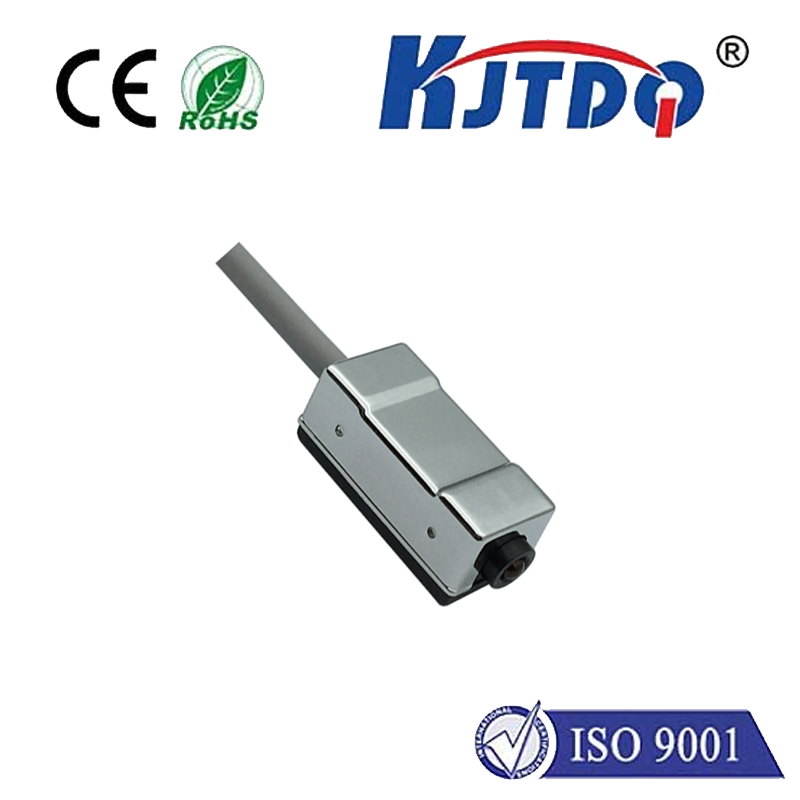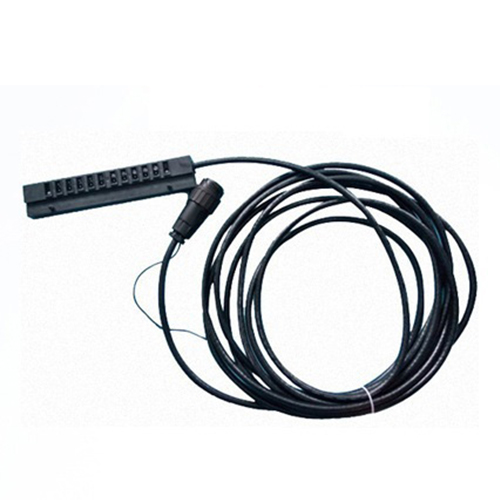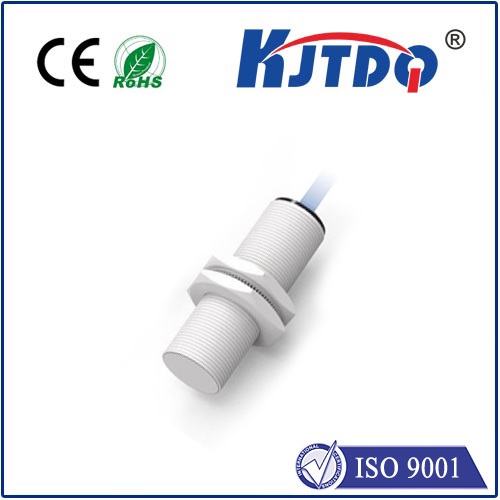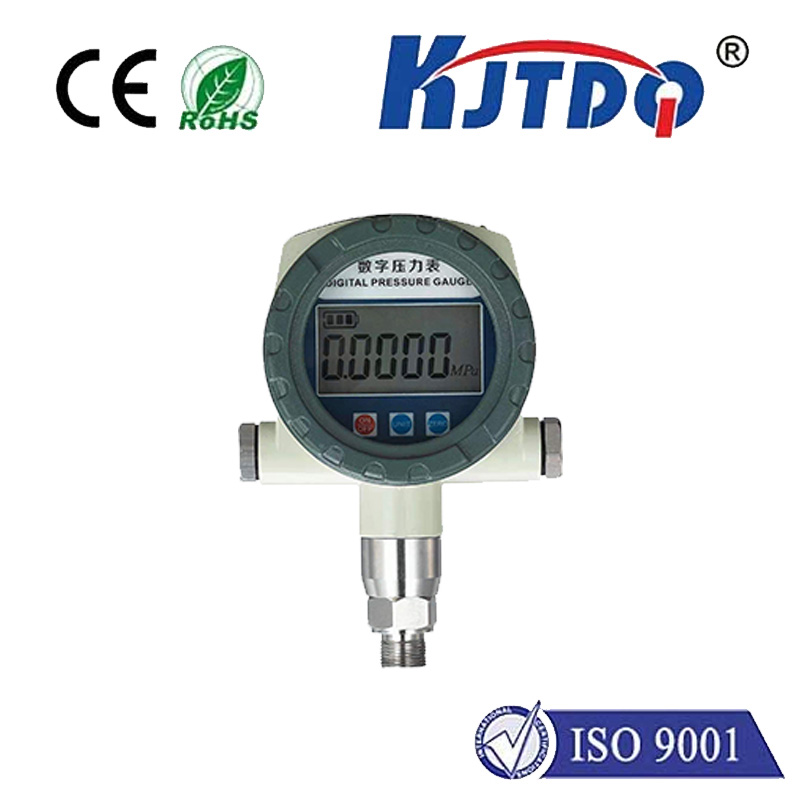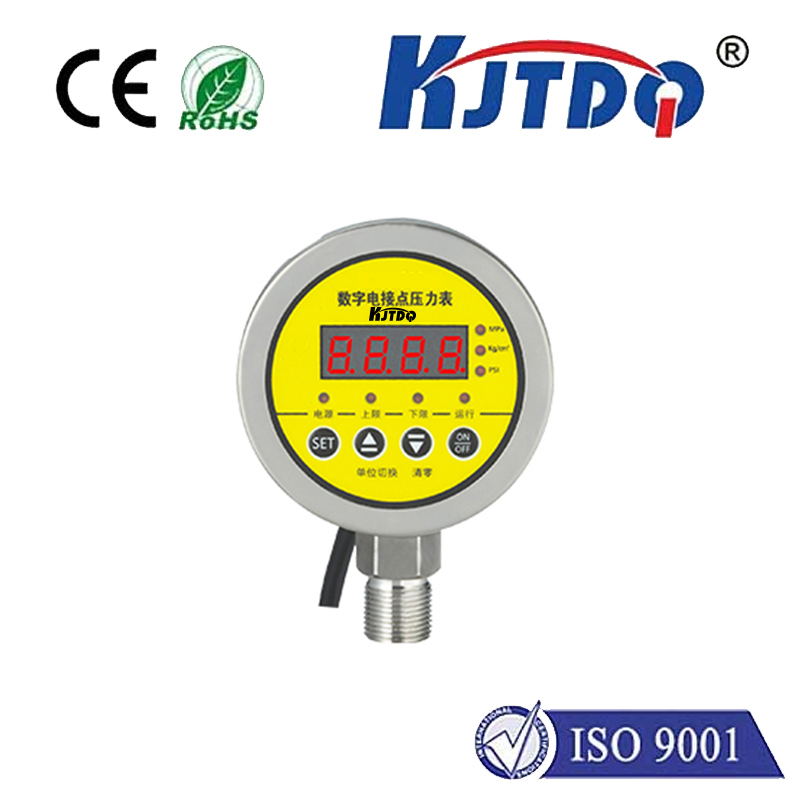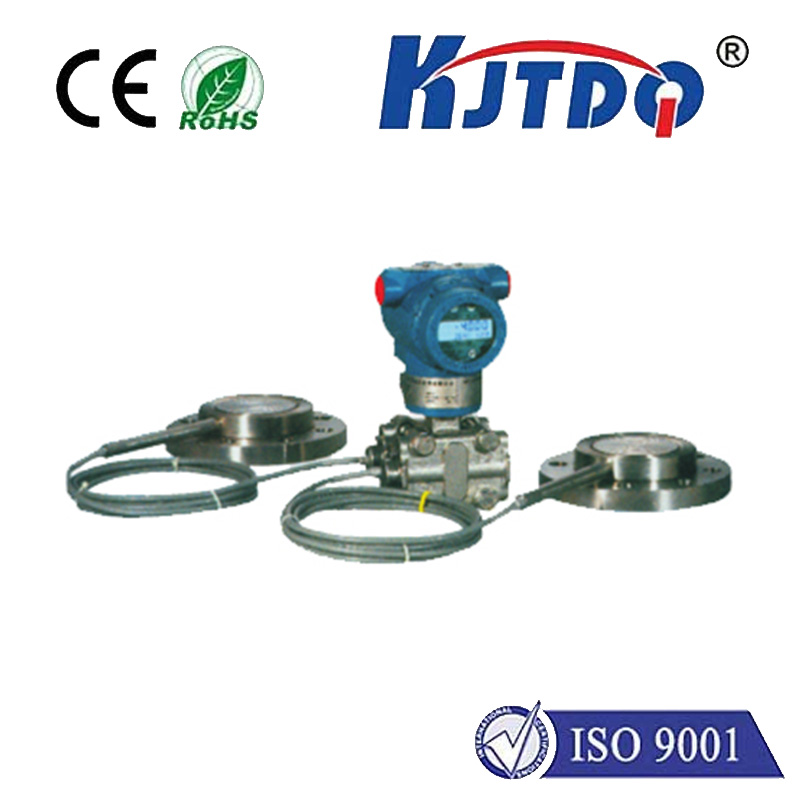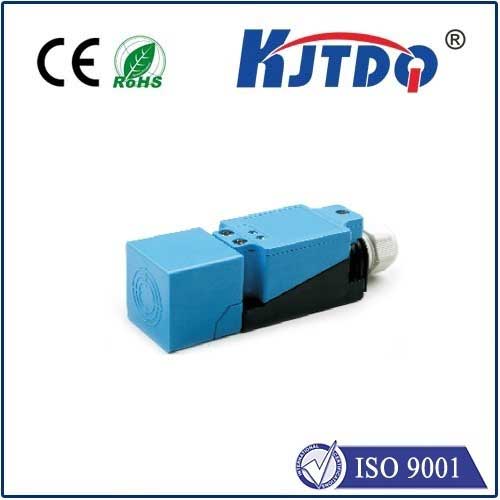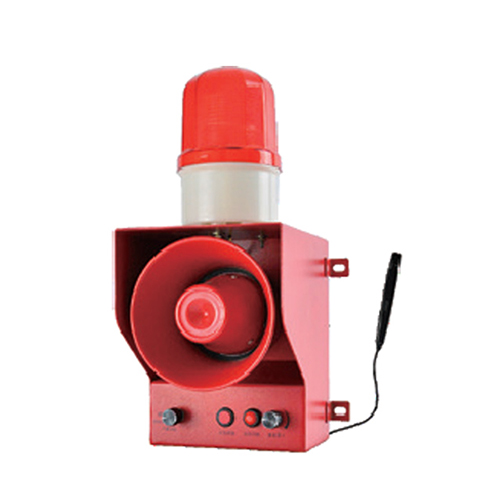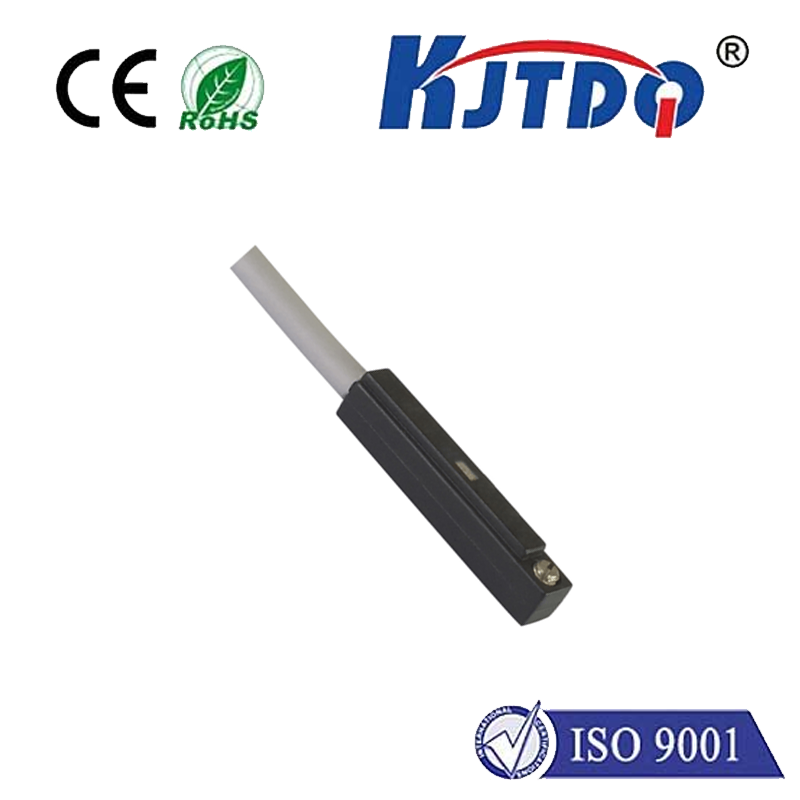laser power meter sensor
- time:2025-08-28 01:56:35
- Click:0
The Essential Guide to Laser Power Meter Sensors: Measuring Light Accurately
Imagine wielding the power of concentrated light – a laser beam capable of cutting metal, performing delicate surgery, or transmitting vast amounts of data. Now, imagine not knowing precisely how much power that beam actually delivers. It’s a scenario ranging from inefficient to downright dangerous. This is where the unassuming yet indispensable laser power meter sensor becomes the critical eye, transforming invisible energy into quantifiable data. Understanding these sensors is fundamental for anyone working with lasers, ensuring safety, precision, and optimal performance across countless applications.
At its core, a laser power meter sensor is the essential component designed to absorb laser radiation and convert it into a measurable signal – typically heat or an electrical current – that corresponds directly to the laser’s optical power, expressed in Watts (W), milliwatts (mW), or kilowatts (kW). It’s the frontline device interacting with the laser beam. The complete measurement system usually consists of this sensor head and a separate display unit or meter that interprets the sensor’s signal and presents the power reading. Choosing the right power meter sensor is paramount; an incorrect selection can lead to inaccurate readings or even permanent damage to the sensor itself.
How Do Laser Power Meter Sensors Work? The Core Principles.
The magic happens through conversion. Laser light carries energy, and the sensor’s job is to capture that energy and translate it into a form we can easily measure. The two dominant technologies achieving this are:

- Thermopile Sensors: These are the workhorses for measuring continuous wave (CW) laser power and high-energy pulsed lasers. They operate on the thermoelectric principle. The sensor incorporates an absorber designed to efficiently capture the laser light across a broad spectrum (often from UV to Far-IR). As the absorber heats up due to the absorbed laser energy, it creates a temperature difference relative to a heat sink. This temperature gradient generates a small voltage (thermoelectric voltage, Seebeck effect) via a series of thermocouples arranged in a thermopile. The magnitude of this voltage is directly proportional to the incident laser power. Key advantages include broad spectral response, high damage thresholds suitable for high-power lasers, and excellent linearity over their operating range. They excel at measuring average power for both CW and pulsed lasers but typically have slower response times.
- Photodiode Sensors: These sensors leverage the photoelectric effect. When photons (light particles) strike the semiconductor material within the photodiode, they generate electron-hole pairs, creating a measurable photocurrent. The magnitude of this photocurrent is proportional to the number of incident photons, hence the optical power. Photodiodes offer extremely fast response times, making them ideal for measuring low power levels (down to nanowatts or even picowatts) and characterizing pulse shapes and durations of short-pulse lasers. However, their spectral response is generally narrower than thermopiles (e.g., optimized for visible or NIR only), they saturate at relatively low power levels, and require careful calibration due to wavelength sensitivity. Integrating spheres are often used with photodiodes to handle higher powers or beams with unusual profiles by diffusely distributing the light.
Accuracy Is Paramount: The Role of Calibration
Regardless of the technology, the accuracy and reliability of a laser power meter hinge on one critical process: calibration. Sensor calibration establishes the precise relationship between the sensor’s output signal (voltage or current) and the actual optical power incident upon it. This is typically performed by accredited laboratories using highly stable reference standards traceable to national standards like NIST (USA) or PTB (Germany).
- Calibration Certificates: Reputable sensor manufacturers provide calibration certificates detailing the specific calibration factors (or responsivity in units like Volts/Watt or Amps/Watt) at specified wavelengths and power levels. Regular recalibration is crucial, as sensor sensitivity can drift over time due to environmental factors, usage, or potential degradation of the absorber coating. Neglecting calibration is a direct path to inaccurate and potentially costly measurements.
Selecting the Right Sensor: Key Considerations
Choosing the optimal laser power meter sensor isn’t one-size-fits-all. Several critical factors must be aligned with your specific application:
- Laser Power Range: What is the minimum and maximum power you need to measure? Select a sensor where your typical measurement points fall comfortably within its specified range, avoiding the extremes where accuracy might degrade. Exceeding the maximum power rating risks permanent sensor damage.
- Wavelength: What is the laser’s emission wavelength? Sensor response can vary significantly across the spectrum. Ensure the sensor is calibrated and specified for accuracy at your specific operating wavelength(s). Some sensors have broad flat responses, while others are peaky.
- Laser Type (CW vs. Pulsed): Are you measuring a continuous beam or short pulses? Thermopiles are generally preferred for CW and high average power pulsed lasers. Photodiodes are necessary for measuring low powers, fast pulses, peak power, or pulse shapes. Check the sensor’s pulse energy capability and response time specifications.
- Beam Size and Profile: Does the sensor’s aperture size comfortably accommodate your beam diameter? For very small beams, ensure the sensor’s active area is suitable. For high-power density beams (small spot size, high power), verify the sensor’s damage threshold (W/cm² or J/cm² for pulses). Diffusers or integrating spheres might be needed for non-uniform beams.
- Required Accuracy and Uncertainty: What level of precision is demanded by your application? Higher accuracy sensors and more frequent calibration come at a premium cost. Balance your budget with your technical requirements.
- Environmental Conditions: Consider potential exposure to ambient light, temperature fluctuations, or humidity, which can affect readings. Some sensors require active cooling for very high-power measurements. Ensure the sensor is rated for your operating environment.
Diverse Applications: Where Precision Power Measurement Matters
The need for accurate laser power measurement permeates virtually every field utilizing laser technology:
- Laser Manufacturing & Material Processing: Critical for process control in laser cutting, welding, marking, engraving, and additive manufacturing. Precise power ensures consistent quality, prevents material damage, and optimizes processing speed.
- Medical & Aesthetic Lasers: Patient safety is non-negotiable. Measuring output power is essential for therapeutic efficacy and avoiding tissue damage in surgical lasers, dermatology treatments (hair removal, skin resurfacing), ophthalmology (LASIK), and dental procedures. Regulatory compliance often mandates regular power verification.
- Research & Development: Physicists, chemists, and engineers rely on precise power data for experiments in optics, photonics, spectroscopy, laser development, and nonlinear optics. Characterizing pulse energy and peak power is vital.
- Telecommunications: Verifying the output power of laser diodes used in fiber optic communication systems ensures signal integrity and network performance.
- Defense & Aerospace: Testing and calibrating rangefinders, target designators, LIDAR systems, and directed energy weapons require robust and accurate power measurement.
- Consumer Electronics: Quality control during the production of devices using lasers (e.g., DVD/Blu-ray writers, LIDAR sensors in smartphones).
Beyond the Basics: Practical Usage Tips
- Handle with Care: The absorber surface is delicate. Avoid touching it, and protect it from dust, scratches, and solvents.
- Warm-up Time: Thermopile sensors, in particular, often require a stabilization period after powering on the meter or exposing them to a new environmental temperature for optimal accuracy.
- Zeroing/Nulling: Perform the zero function (especially for thermopiles) before taking a measurement to account for any electronic offset or ambient thermal drift.
- Avoid Overload: Never expose the sensor to power levels exceeding its maximum rating. When unsure, start measurements






